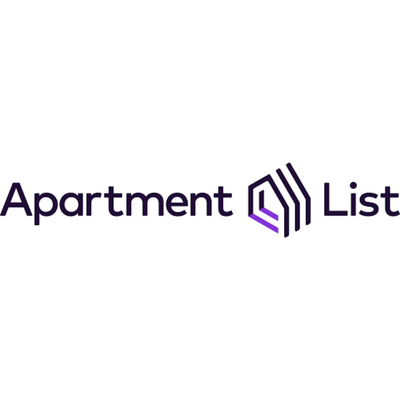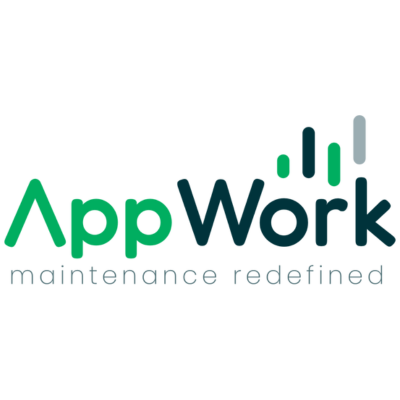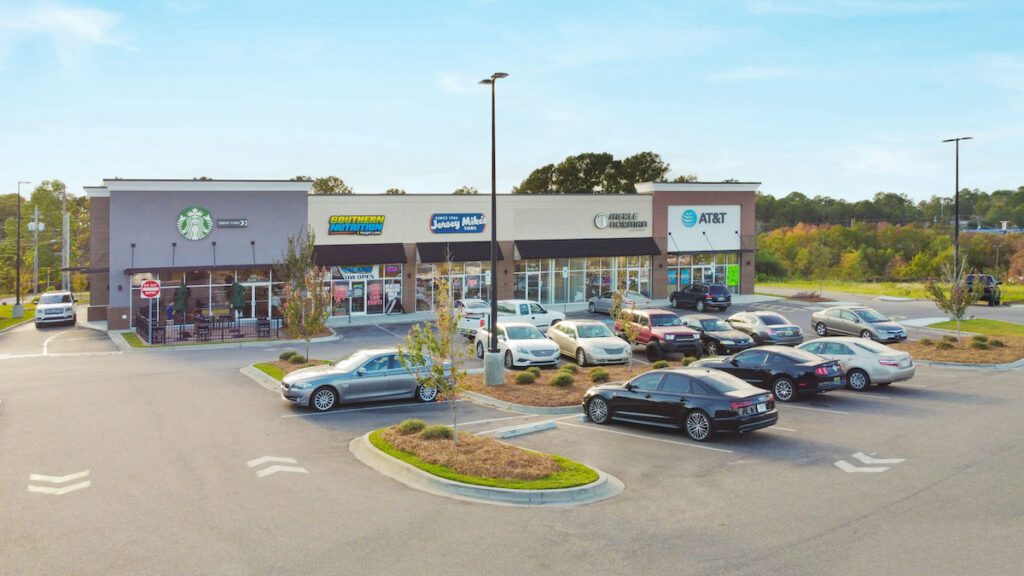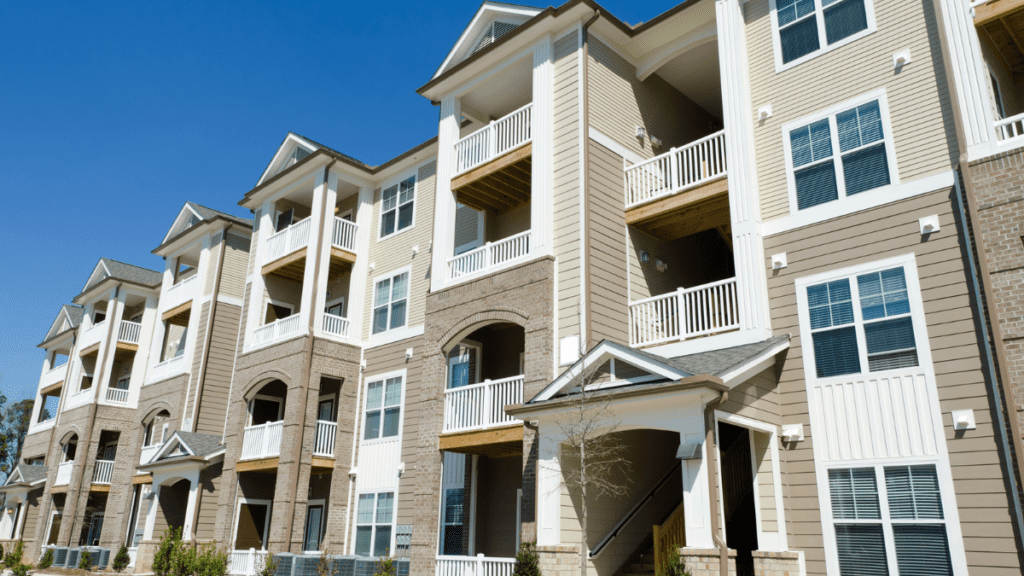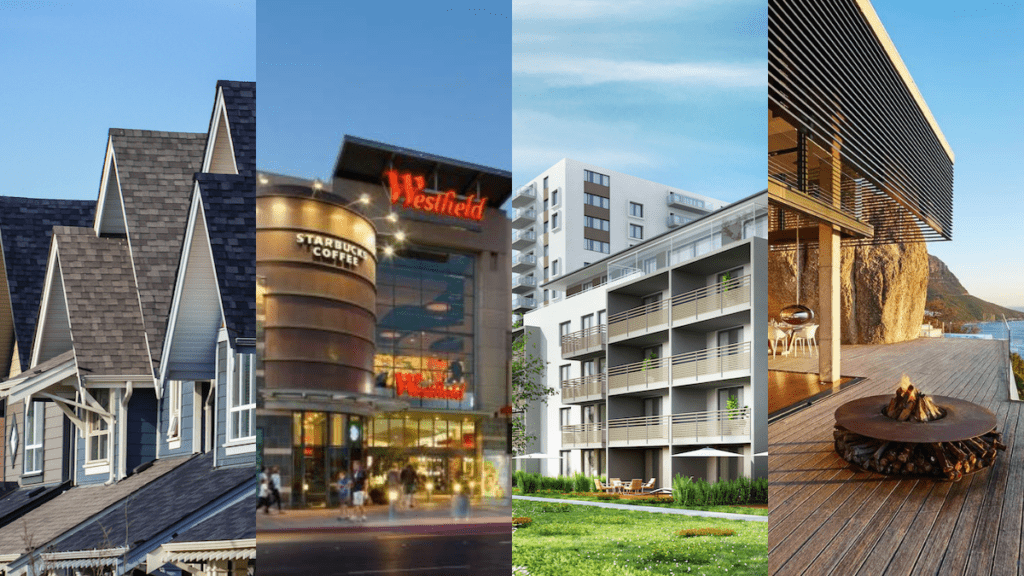Last Updated: April 2024
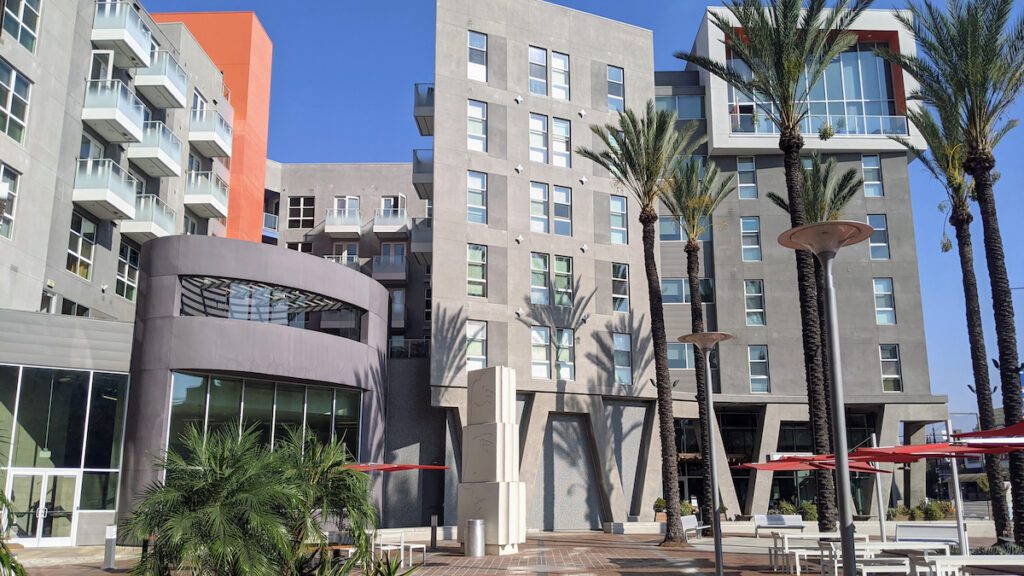
Mixed-use rental properties offer a unique opportunity for real estate investors and property owners alike. These properties combine residential and commercial spaces, often providing living accommodations alongside retail, office, or other professional spaces. Investing in a mixed-use rental property can potentially generate multiple streams of income, while also diversifying the investor’s real estate portfolio.
What are Mixed-Use Rental Properties?
Mixed-Use Rental Property Definition
Mixed-use rental properties are a unique type of real estate development, combining various types of units within a single building or neighborhood. These property types typically include multifamily residential, office, retail, and sometimes even industrial spaces. The aim is to create a diverse and integrated environment that allows residents, businesses, and visitors to coexist in harmony.
Mixed-Use Rental Properties Explained
Mixed-use rental properties are real estate developments that combine residential living spaces with commercial or retail spaces within a single building or complex. These properties are designed to offer a convenient and integrated living experience, where residents can access shops, restaurants, offices, and sometimes even cultural or recreational facilities within close proximity. Mixed-use developments often contribute to vibrant, walkable communities, encouraging a blend of activities in one location. They are typically found in urban or suburban areas and are known for enhancing neighborhood connectivity and urban revitalization.
Mixed-Use Real Estate Market Trends
Mixed-Use Market Trends
In recent years, mixed-use properties have experienced an increase in popularity, partly driven by a desire for convenience and the creation of vibrant communities. In the commercial real estate sector, mixed-use properties are known for combining two or more asset classes into a single building. These can include residential spaces, retail outlets, entertainment venues, and office spaces. Some notable trends include:
- Increased demand for walkable communities: Urban dwellers are seeking areas where they can walk or bike to work, shop, and socialize, all within their immediate vicinity.
- More emphasis on transit-oriented developments: With a focus on reducing car dependency, many mixed-use projects prioritize access to public transit.
- A shift towards sustainable design: Environmentally conscious developers are incorporating green building strategies in mixed-use properties.
Notable Mixed-Use Projects
There are several successful mixed-use projects showcasing the potential of these types of developments. The following examples demonstrate the potential of mixed-use properties in creating communities that are convenient, dynamic, and sustainable:
The Pearl District, Portland
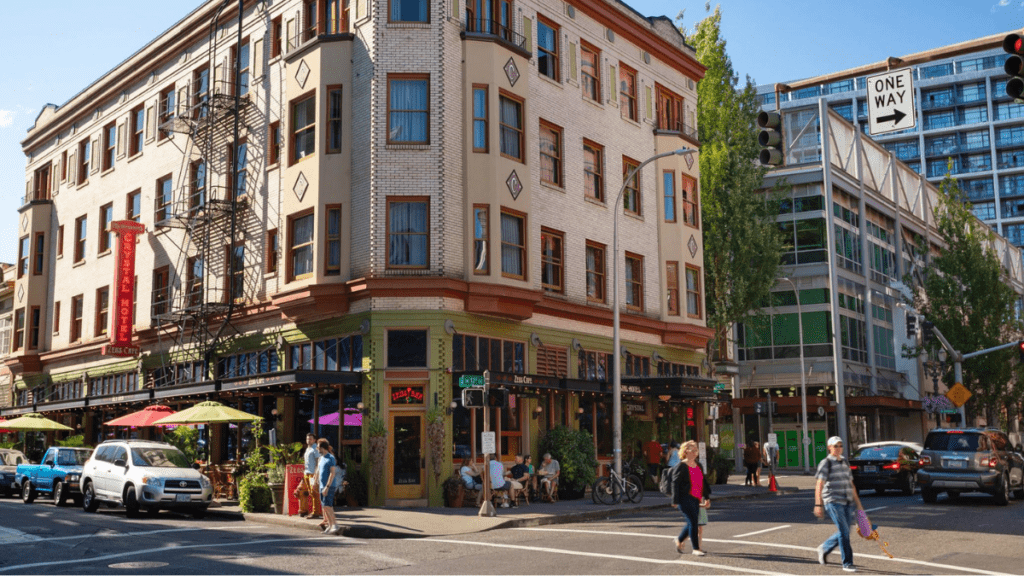
Once an industrial area, the Pearl District has transformed into a thriving neighborhood featuring residential, commercial, and recreational spaces all within walking distance.
Hudson Yards, New York City
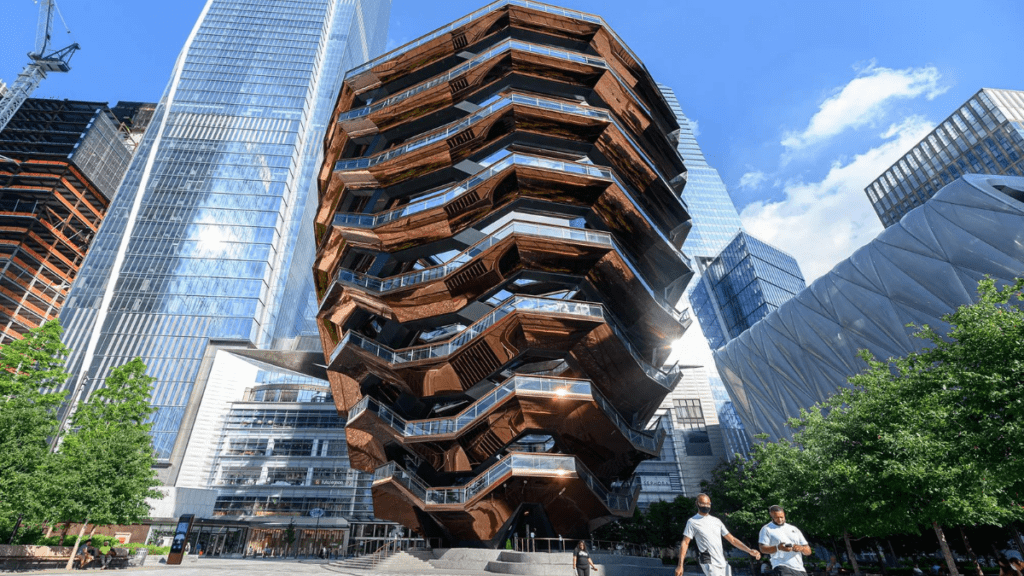
This ambitious development, opened in 2019, includes residential towers, office buildings, retail spaces, and even a performing arts venue, making it a distinctive mixed-use destination.
The Wharf, Washington D.C.
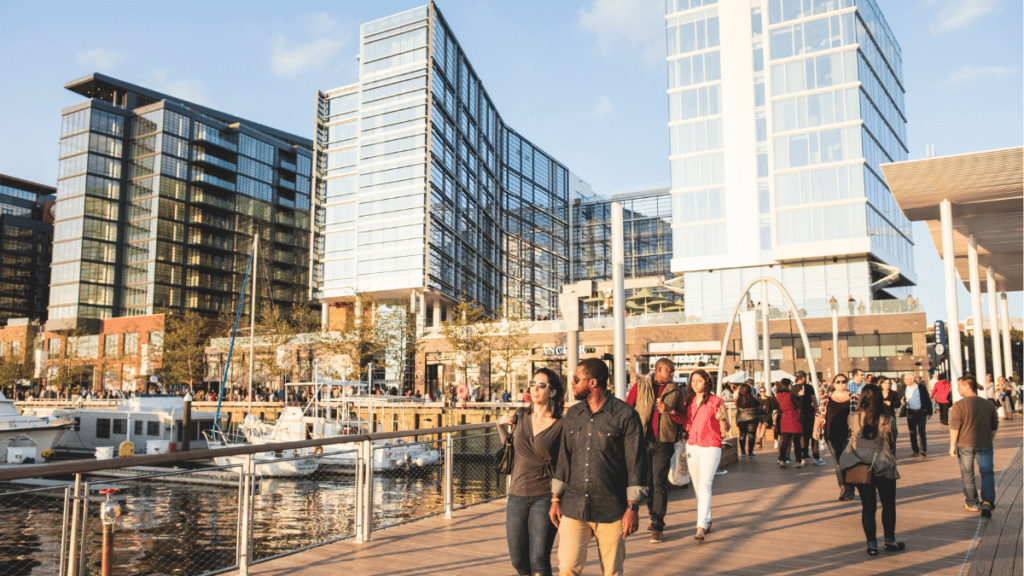
Located along the Potomac River, The Wharf is a vibrant waterfront community with housing, offices, shops, and restaurants, as well as a marina and various entertainment options.
Types of Mixed-Use Developments
Classification by Purpose
Mixed-use developments are classified based on the combination of rental property types within the same development or property. Some common combinations include residential and office spaces, residential and retail spaces, and residential spaces combined with hotels or other commercial establishments. These developments are designed to foster a sense of community and provide convenience in urban living, offering a variety of services within a single location. Mixed-use development types can vary according to the developer’s specific objectives and the location’s demand.
Vertical vs. Horizontal Developments
Vertical Mixed-Use
Vertical mixed-use developments involve stacking different types of property uses within a single building or tower. For example, a vertical mixed-use development could have retail spaces on the ground floor, followed by multiple floors of office spaces, and residential units on the top floors. This type of mixed-use development is primarily found in urban areas where land is limited and a higher density usage of space is desired.
Horizontal Mixed-Use
Horizontal mixed-use developments, on the other hand, feature different types of property uses spread across adjacent buildings or properties within the same complex. For instance, horizontal developments could include a row of single-use properties like apartments, offices, and retail businesses that complement one another within the same area. This type of development is more common in suburban areas where there is sufficient land to accommodate separate buildings.
Subtypes of Mixed-Use Developments
Different types of mixed-use developments cater to different market demands and offer various benefits, such as convenience and community engagement. Choosing the right type of mixed-use development largely depends on the goals of developers and the specific requirements of the location.
Main Street
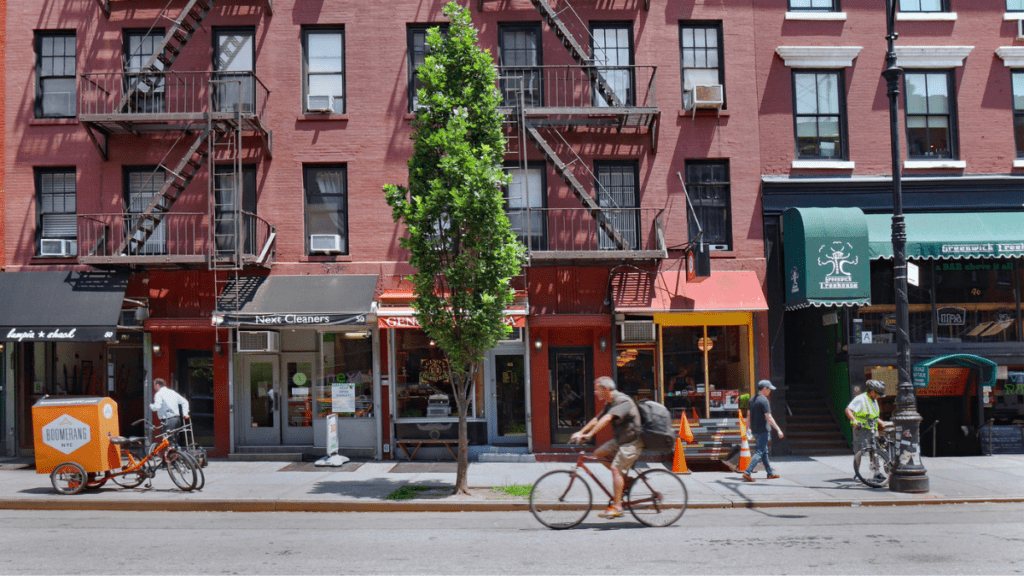
This is the oldest type of mixed-use development, combining retail, office, and residential spaces along a main street or commercial corridor.
Urban districts

These are typically larger-scale developments that incorporate various types of commercial, residential, and recreational spaces within a walkable and connected urban area.
Market, Location and Design
Understanding Market Demand
To successfully invest in a mixed-use rental property, it is crucial to understand the market demand for each component of the development. Evaluate the demand for residential, commercial, and retail spaces in the target area. It is useful to study the current occupancy rates, rent rates, and market trends in the neighborhood. This may include examining factors such as job growth, population growth, and infrastructure development. Additionally, consider the diverse market of renters attracted by mixed-use properties, which can include apartment residents, office workers, and retail customers.
Location Demographics
When selecting a location for a mixed-use property, take the time to analyze the local demographics and economy. Key factors to consider include:
- Population growth: An increasing population signifies increased demand for different types of properties.
- Employment opportunities: A healthy job market and expanding industries will attract more residents and businesses to the area, driving demand and potentially increasing property value.
- Income levels: Understanding the income levels of the local population will help in determining appropriate rent rates and the types of businesses that can thrive in the area.
- Neighborhood amenities: The presence of schools, parks, and shopping facilities can make the property more attractive to both residents and businesses.
Architectural and Design Layout
Proper planning of the architectural and design layout for mixed-use properties can enhance their appeal and functionality. Some best practices include:
- Functional separation: While mixed-use properties bring together various uses under one roof, it is still essential to maintain a functional separation between them. Strive for a balanced layout that ensures privacy and quiet for residential sections, while allowing commercial areas to be easily accessible and prominent.
- Complementary uses: Choose a mix of commercial and retail tenants that complement each other and the residential component of the property. This can create synergy and encourage engagement among tenants and visitors.
- Sustainable design: Incorporate sustainable design elements, such as efficient energy and water systems, green roofs, and adequate insulation. These features can not only help reduce operational costs but also appeal to environmentally conscious tenants and customers.
- Pedestrian-oriented design: Prioritize pedestrian access and experience when designing the property, as this can improve safety, encourage foot traffic, and contribute to a lively and vibrant atmosphere.
Pros & Cons of Mixed Use Rental Properties
Mixed-use rental properties are becoming increasingly popular in urban areas, offering a unique combination of residential, commercial, and retail spaces within a single building or development. As these properties continue to gain traction, potential renters and investors need to weigh the pros and cons before making a decision. In this section, we will explore some of the advantages and disadvantages of mixed-use rental properties to help you make an informed decision.
Mixed-Use Pros:
- Convenience: Living in a mixed-use property can be incredibly convenient, as essential services like grocery stores, restaurants, and other businesses are often located within the same development or building.
- Reduced Commute Times: Access to commercial and office spaces in the same area can lead to shorter commutes to work, making daily life easier and less time-consuming.
- Increased Walkability: Mixed-use developments often promote walking and biking, encouraging a more active lifestyle and reducing the need for car ownership.
- Vibrant Community: A variety of commercial and residential spaces can foster strong communities and social interactions, creating a more dynamic and stimulating living environment.
- Environmentally Friendly: Mixed-use properties can be more energy-efficient and sustainable compared to traditional single-use properties, leading to a greener lifestyle.
- Diverse Rental Base: With multiple types of spaces available, mixed-use properties benefit from a broad renter base, providing more stability to property owners and investors.
- Potential for Higher Property Values: The unique mix of residential and commercial spaces within mixed-use properties can often result in higher property values, making them a potentially attractive investment option.
Mixed-Use Cons:
- Noise and Disturbance: Proximity to commercial operations like restaurants, bars, and shops can result in significant noise and disturbance for residents, particularly at night.
- Limited Privacy: Due to the nature of mixed-use buildings, residents may feel a lack of privacy compared to living in a purely residential building.
- Parking Challenges: With an influx of commercial and retail customers, finding available parking near your mixed-use property may become a challenge, even for residents with designated parking spaces.
- Higher Rents: As mixed-use properties become more popular, the demand for these units can drive up rental prices, potentially making them less affordable for some tenants.
- Business Turnover: The potential for commercial tenant turnover may impact the overall atmosphere and consistency of the available services in a mixed-use development.
- Limited Choice of Amenities: In smaller mixed-use properties, there may be limited options for amenities and services, possibly causing renters to seek out alternatives in nearby neighborhoods.
- Competition for Space: As demand for mixed-use properties grows, there may be increasing competition among residents and businesses vying for the available spaces, leading to issues like overcrowding or limited availability.
The #1 Rental Property Newsletter
Once a month, we send out an exclusive Rental Property Market Update with top stories, current mortgage rates, building products, and more. No spam and unsubscribe anytime.

Top Mixed-Use Real Estate Tools
Mixed-Use Property Management
A successful mixed-use property management strategy entails a well-rounded approach to managing the diverse aspects of the property, such as residential, commercial, and public spaces. A strong team with knowledge of both multifamily property management and commercial property management, is often necessary to ensure smooth and efficient operations. Additionally, adopting rental property software solutions such as tenant portals, online rent collection, and automated maintenance requests can greatly simplify the management processes.
Tenant Relations and Community Building
Mixed-use property managers must develop strong relationships with tenants, foster a sense of community, and ensure a positive living experience for those residential tenants. Effective communication among the diverse mix of tenants and property managers is vital for addressing concerns, promoting shared goals, and orchestrating community events. Here are some ways to foster strong tenant relations:
- Transparent lease agreements: Create clear, comprehensive lease agreements that outline tenant responsibilities and prevent disputes.
- Effective communication: Establish open channels of communication for tenant feedback and concerns, and respond quickly to inquiries.
- Community-Building events: Organize social activities to encourage active interactions among tenants and create a close-knit community.
Mixed-Use Rental Property FAQ
What are Zoning Considerations for Mixed Use Properties?
When considering mixed-use properties, zoning plays a crucial role in determining the allowed uses for a specific location. Generally, mixed-use properties combine residential and commercial elements, which can have separate zoning regulations. It is essential to verify local zoning laws and ensure your intended use for the property aligns with these regulations. In some cases, you may need to apply for a zoning variance or special permit to accommodate mixed-use development.
How Do Mixed-Use Lease Agreements Differ from Single-Use Properties?
Lease agreements for mixed-use properties can differ significantly from those for single-use properties due to the unique combination of residential and commercial components. Mixed-use lease agreements often include clauses tailored to the distinct needs of commercial tenants (as often found in commercial lease agreements), such as maintaining common areas and specifying permitted business activities. Rental rates and lease terms for commercial units will also differ from residential rates, so it’s crucial to ensure each lease agreement covers the essential aspects specific to the tenant’s unit.
Search Rental Real Estate
Try searching out site for hundreds of rental property topics ranging from property management, investor tool reviews, investment research, and more.
Can You Use an FHA Loan for a Mixed Use Property?
Yes, it is possible to use a Federal Housing Administration (FHA) loan on a mixed-use property, provided certain conditions are met. The FHA allows loans for properties that have commercial sections, as long as the residential portion occupies at least 51% of the property. Additionally, the residential space must meet the FHA’s minimum property standards, and the combined value of both the residential and commercial units cannot exceed the FHA loan limits for the area.
How Do Mixed-Use Properties Fit into Urban Planning and Community Development?
Mixed-use properties significantly contribute to urban planning and community development by creating integrated spaces that combine living, working, and leisure options. They promote walkability and reduce the need for vehicle usage by enabling residents to access essential services and amenities within the same building or neighborhood. This promotes a more sustainable and connected urban environment. Mixed-use properties may also help to revitalize underutilized or vacant lots, bringing new life to communities and encouraging economic development.
What Type of Insurance is Needed for a Mixed Use Property?
Insurance for mixed-use properties often requires a combination of commercial and residential coverages. A standard commercial insurance policy may not be sufficient as it may not cover the residential aspects of the property. It’s essential to consult with an insurance professional to ensure the appropriate coverages are in place. This may include property insurance, liability insurance, and loss of rental income coverage, along with any additional riders that may be necessary to adequately protect both the residential and commercial components of the property.
More Real Estate Guides
About the Author

Ryan Nelson
I’m an investor, real estate developer, and property manager with hands-on experience in all types of real estate from single family homes up to hundreds of thousands of square feet of commercial real estate. RentalRealEstate is my mission to create the ultimate real estate investor platform for expert resources, reviews and tools. Learn more about my story.
Disclaimer: The information provided on this website does not, and is not intended to, constitute financial or legal advice. As such, all information, content, and materials available on this site are for general informational purposes only. Please review our Editorial Standards for more info.



